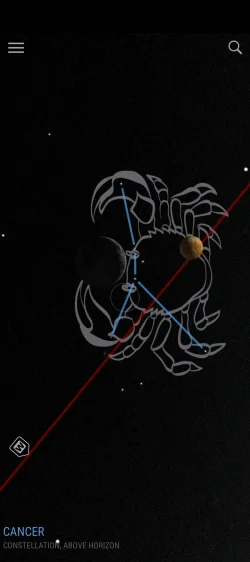The problem is that you're arguing out of school. I know very little about TKD. I could make a cogent argument about appropriate use of the word "pattern", but it wouldn't mean much in this context. If folks in the group know what they're talking about, then the definition works.
Arguing semantics usually is more about someone wanting to assert their view, rather than about communication.
Yes and no. To the initiated, arguing semantics can be:
- To make sure the vocabulary is correct
- To debate the nuance of what is and isn't X, Y, or Z (for example, in classifying animals)
To the uninitiated, I'd agree. And in this case, the OP is uninitiated, and is just trying to impose his opinion rather than understand the art.
I have thoroughly come to the conclusion its school/organization basis. I was just expecting more objectivity rather than it be on ideological grounds or something like that to it. Apart from that its just. ¯\_(ツ)_/¯
It is objective. It's not subjective to the individual what is a pattern and what is not, in ITF TKD. It is objectively identified. Ironically, you're the one trying to make it subjective by trying to argue it. (Either that, or you're saying that objectively every Master in ITF is wrong).
What's happened here is that you called something a pattern that wasn't. When you were told of your mistake, instead of accepting the information, you started to argue to prove why you weren't wrong. You were wrong. You are wrong. You will continue to be wrong until you stop trying so hard to be right.
This is why I, and others, keep telling you to go train. Nothing in martial arts compares to experience. When you go train, you're learning from the experience of those who are teaching you, and from those you spar or roll against. You gain your own experience based on their teachings, based on what works and doesn't work in sparring, and based on your body moving and getting used to the motions. But you gotta let go of your ego, gotta stop trying to be right, and just listen.
When I started teaching at my school, there were a lot of things my Master told me to do, that I did
not like. I didn't think they would work, didn't think they were good ideas at the time.
But I did them anyway. I trusted him and his experience. Over time, I started to see how his method works. It took time and trust for this to happen. Some things were clear to me after a few months. Some things cleared up when I made a huge mistake and we lost a student or a couple. Some things took years for me to understand. I am way better off today because I trusted my Master, even when I didn't see eye to eye with him.
If you take the things I disagreed with him on, probably 70% I agree with him now. 25% are maybe a difference of opinion, where I think his ideas and my conflicting ideas would both work. There's maybe 5% I disagree with and would definitely want to change if I could.
Had I taken a different approach, and just done things my way, we would have hemorrhaged students. Or I would have been fired. (Probably both). I would be nowhere near as good of a leader as I am today, if I had not followed back in the day.
You seem to love Martial Arts, or at least the idea of them. But you've got to go get experience, instead of sitting here arguing semantics about things that are currently outside of your realm of understanding. You have all of this book knowledge, but no practical experience with the arts. You've gotta get some training under your belt (pun unintended), in order to really grasp the discussions you're trying to have.
Right now, all of this is taking place in your imagination. For everyone else posting, it's taking place in their memories.




